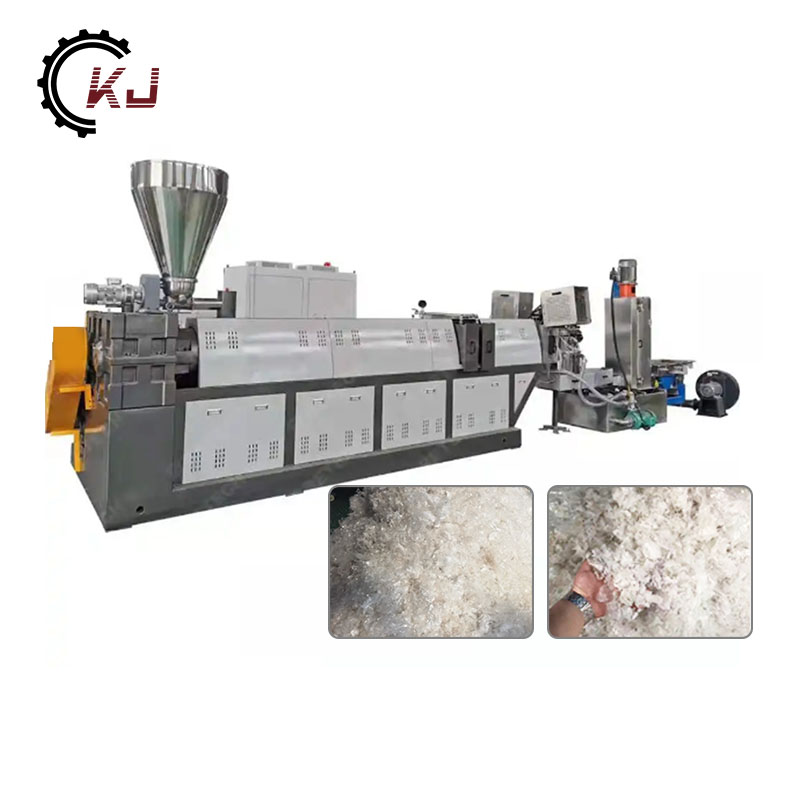The Importance of a Plastic Washing Recycling Line in Sustainable Waste Management
2024-12-26
In the era of environmental awareness, recycling has become a cornerstone of sustainable practices. One essential component of modern recycling infrastructure is the plastic washing recycling line. This blog delves into the significance, functionality, and advantages of these systems in addressing plastic waste challenges.
What is a Plastic Washing Recycling Line?
A plastic washing recycling line is a specialized system designed to clean and process used plastics, preparing them for recycling. These systems handle various types of plastics, removing contaminants such as dirt, oil, and residues to produce clean plastic flakes or pellets ready for reuse.
Key Components of a Plastic Washing Recycling Line:
1. Shredders and Granulators:
- Break down plastic waste into smaller, manageable pieces.
2. Washing Units:
- Remove contaminants using water and cleaning agents.
3. Separation Tanks:
- Separate plastics based on density, isolating materials like PET and HDPE.
4. Drying Systems:
- Ensure the processed plastics are free from moisture before further processing.
5. Pelletizing Units:
- Convert cleaned and dried plastics into pellets for manufacturing.
Benefits of Plastic Washing Recycling Lines:
1. Environmental Protection:
- Reduces plastic pollution by ensuring efficient recycling.
2. Resource Optimization:
- Transforms waste into valuable raw materials, conserving resources.
3. Economic Advantages:
- Lowers production costs for manufacturers by providing recycled materials.
4. Versatility:
- Handles a wide range of plastic types, from PET bottles to industrial waste.
Plastic washing recycling lines are integral to building a circular economy, where waste is minimized, and resources are reused efficiently. By investing in advanced recycling technologies, industries can contribute to environmental sustainability while benefiting economically.



